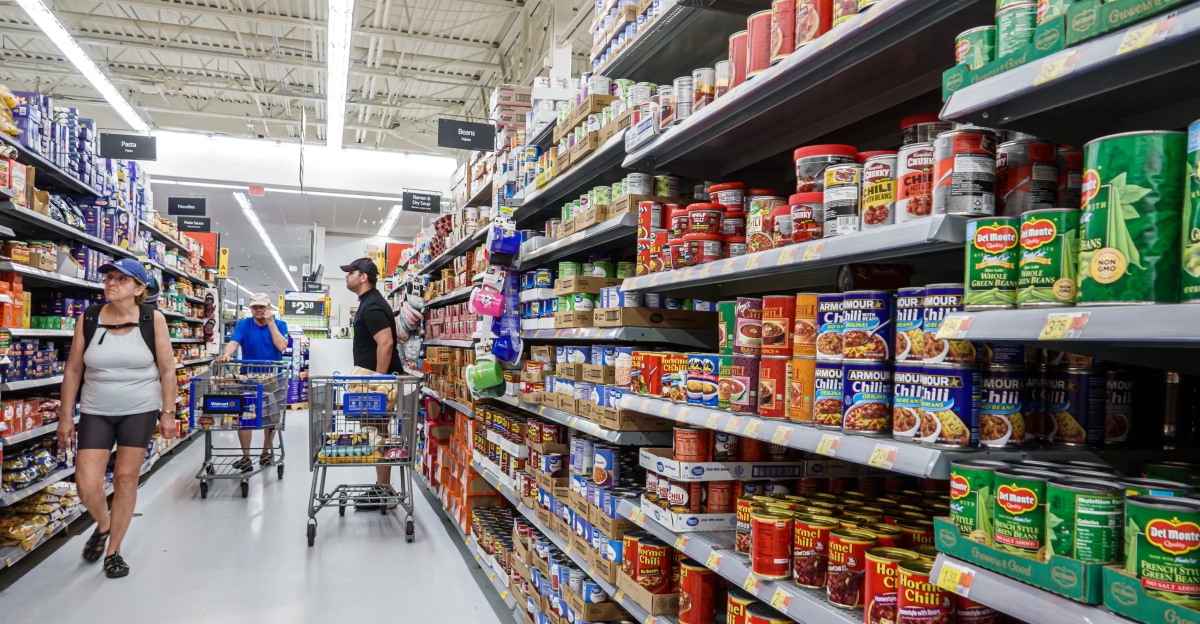
Most Americans hardly think twice about food in a can. Canned food provides dependable, low-cost staples like beans, soup, and vegetable stock for people nationwide. But what if those staples cost significantly more overnight?
A recent increase in the tariffs on imported steel is poised to do just that. The price increase caused by the tariffs may hit low- and middle-class families hard, putting equivalent goods outside their budget and making checkout decisions difficult.
These tariffs will have cascading impacts frome tariffs will have cascading i Let’s take a closer look at why these tariffs matter to millions.
The Hidden Cost Of Steel Tariffs On Your Grocery Bill

The doubling of tariffs by the Trump administration on foreign steel to 50% has pushed the price of tin-coated steel, the bread and butter of canning food packaging, to exorbitant levels. Industry experts indicate that this has the potential to increase canned food prices by 9% to 15%, so that a $2 can of vegetables can cost up to 30 cents more.
This is not cans; this is about making affordable nutrition an option. The levies are intended to safeguard local steel manufacturers, but ignore a vital point: America cannot make sufficient food-grade tinplate steel and must depend on imports. The consequence? Consumers end up paying more, not less.
How Domestic Steel Production Fails To Benefit Canned Food Makers
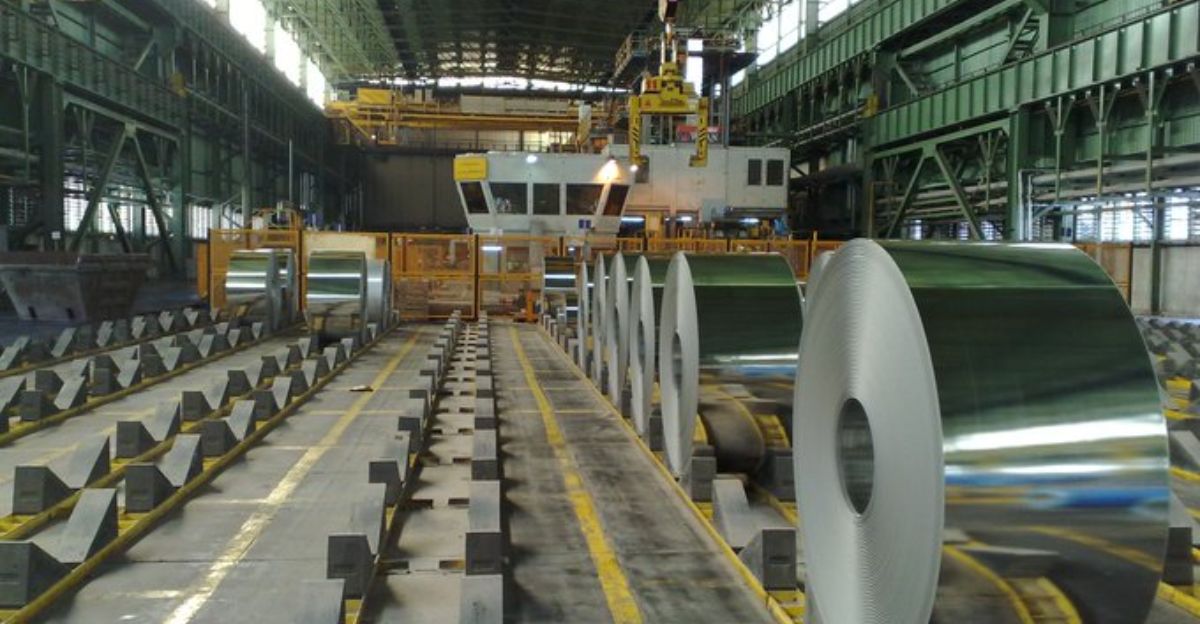
American steel manufacturing depends heavily on scrap steel, which does not meet the purity requirements for food-grade tinplate. Less than 12% of tinplate steel used in food cans is domestically produced, with the rest entering the country through imports.
The system’s deficit saves jobs by imposing import tariffs and choking off supply chains. Manufacturers face a tough decision: eat the cost, raise prices, or change to inferior packaging.
The tariff fallacy of tariffs protecting American steel jobs overlooks the complex realities of today’s manufacturing and supply chains. None of these options benefits consumers or workers.
Who Truly Pays the Price? The Worker and The Consumer

People often present tariffs as protecting domestic employment, but the truth is bleakly ironic. Evidence suggests that for every steel job “saved,” hundreds of steel-consuming industry jobs, like food production, are placed at risk.
The Consumer Brands Association warns that up to 40,000 food factory jobs will The Ripple Effect Expanding Beyond the Canbe lost as companies grapple with higher costs and falling sales.
Low-income families and other consumers pay more at the supermarket. Workers are consumers too, and these tariffs cost them their wages at the supermarket. It’s a lose-lose game disguised as protectionism.
The Domino Effect—Beyond The Can

Steel tariffs not only increase canned food costs; they spread down the supply chain. Higher steel costs increase the costs of trucks, warehouses, and retail buildings, making the cost of many different goods increase.
Even steel- and aluminum-dependent housing and automobiles are more expensive, indirectly impacting household budgets. This multiplier effect of higher prices contributes to inflationary pressures already squeezing American families. The aisle of canned goods is merely the tip of an iceberg of a much greater economic magnitude.
How Tariffs Empower Foreign Competitors

Ironically, tariffs that boost U.S. steel production can empower foreign canned food producers. Countries like China, with lower tinplate steel production costs, can undercut American farmers and food processors by selling lower-priced canned goods.
It hurts the very domestic industries that tariffs claim to protect. In addition, the fact that the U.S. food industry relies on imported tinplate for its packaging needs makes protectionist measures liable to push firms into procuring materials from less stable or inferior suppliers, further undermining the supply chain.
Historical Lessons On Tariffs That Didn’t Work
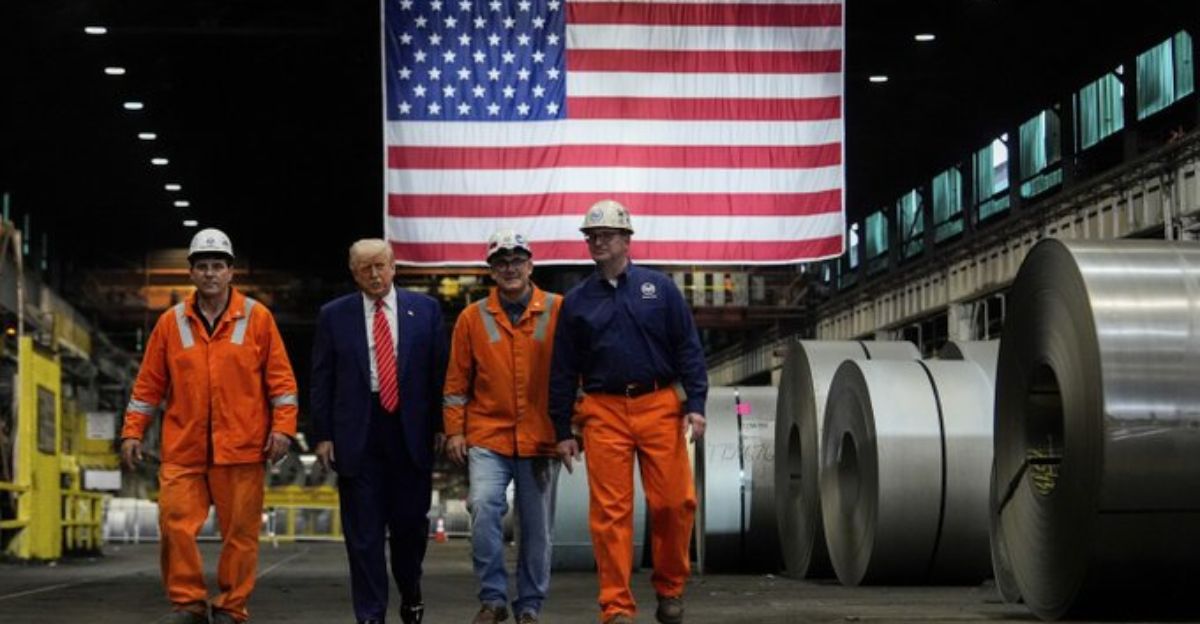
The Trump-era 2018 steel tariffs provide a warning lesson. Purportedly aimed at saving American steel jobs, they ended up increasing costs for consuming industries and steel consumers. A Peterson Institute study found that each steel job “saved” had cost consumers around $650,000.
The policy failed in its mission while fostering inflation and unemployment in downstream industries. Today’s tariffs on tinplate steel also risk repeating the costly mistake, harming more workers than they help and destabilizing essential food supply chains.
The Emotional Impact Of Stress On Families and Communities
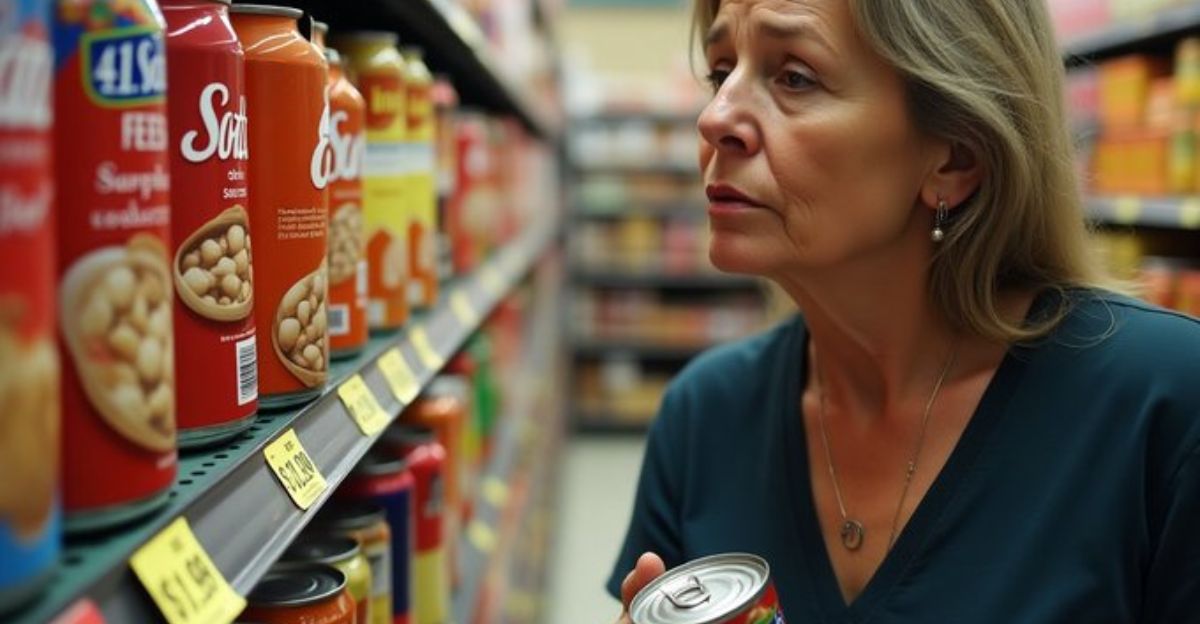
More than economics, higher prices for canned goods complicate psychological and social issues. Canned food can provide food security and convenience. High prices cause families to ration their food or switch altogether to less nutritious substitutes.
The result is increasing food insecurity; rationing leads to added stress for families in an increasingly competitive and commodified situation.
When stress is overwhelming, vulnerable populations can suffer damage to mental health, as many were strapped for cash pre-inflation and find themselves stuck when everyone else is serving more nutritious meals. The tariffs have an unseen human cost, undermining faith in public policy and widening inequality.
Can Tariffs Spark Innovation?

Tariffs might push the industry to innovate, develop new pack materials, or boost local tinplate production. However, these changes require time, investment, and scale that current manufacturers cannot afford as costs rise and margins decrease.
Ultimately, the result is price increases and job losses (not innovation). Tariffs are a blunt instrument of policy and are rarely, absent government assistance, and without any investment in infrastructure development, can lead to positive long-term innovations and growth.
The Bigger Impact of Tariffs Beyond Canned Food
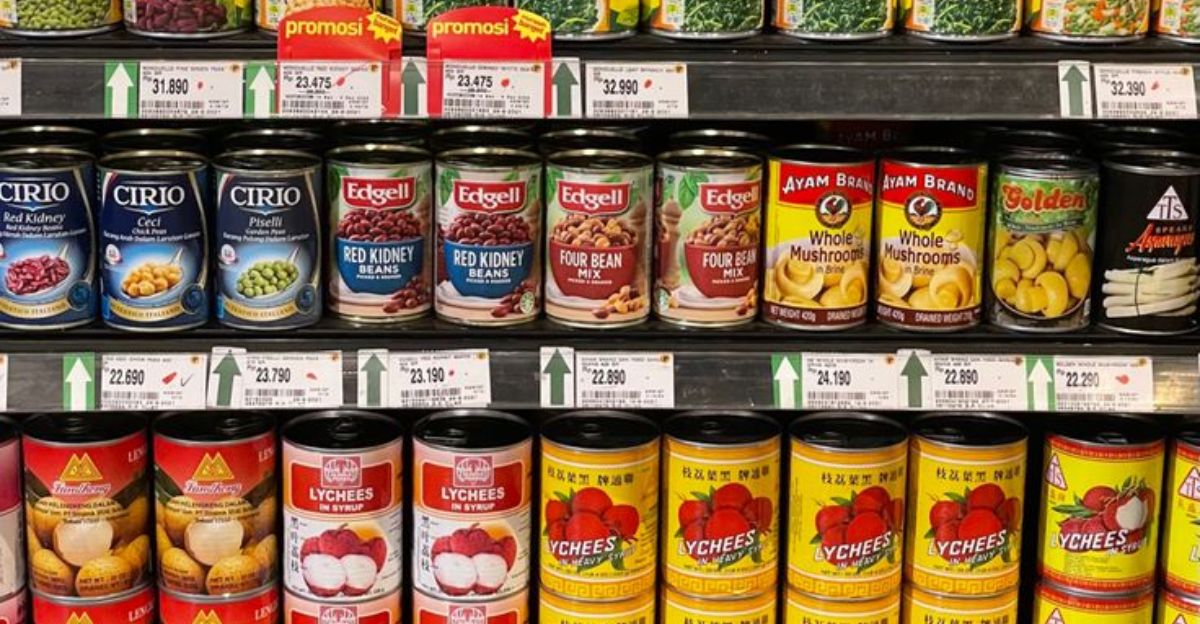
Tariffs on imported steel for canning food packaging are a misguided way to assist the domestic steel industry while harming consumers, workers, and the economy. Tariffs on steel inflate prices for food packaging and essential nutrition consumers need, risk thousands of jobs in food manufacturing, and strengthen our foreign competition.
Economic history and analysis show these tariffs have a high price tag and minimal return. Policymakers must re-examine protectionism for supply-chain-friendly, innovation-friendly, and affordability-boosting measures. The stakes go far beyond cans; they go to the food security and fiscal well-being of millions of Americans.
Discover more trending stories and Follow us to keep inspiration flowing to your feed!

Craving more home and lifestyle inspiration? Hit Follow to keep the creativity flowing, and let us know your thoughts in the comments below!
